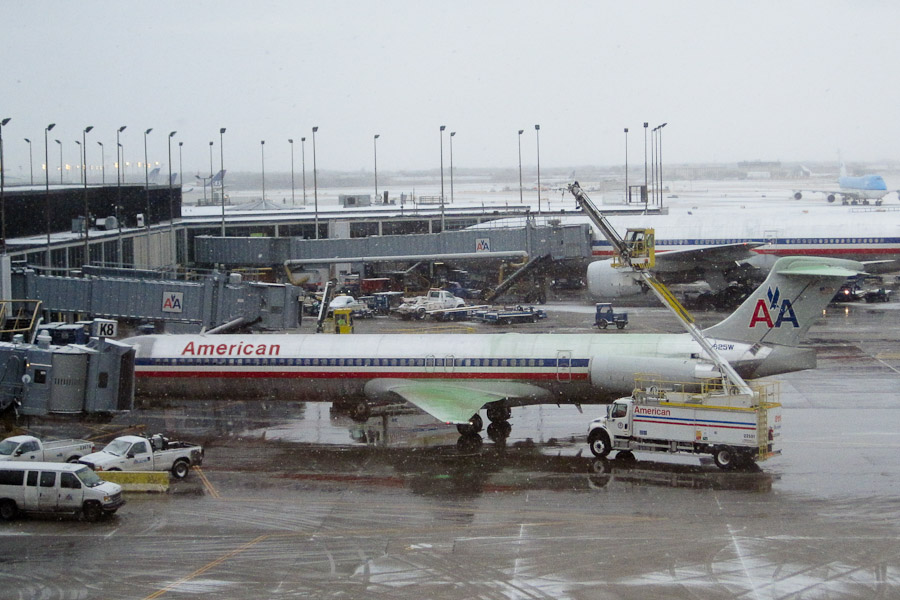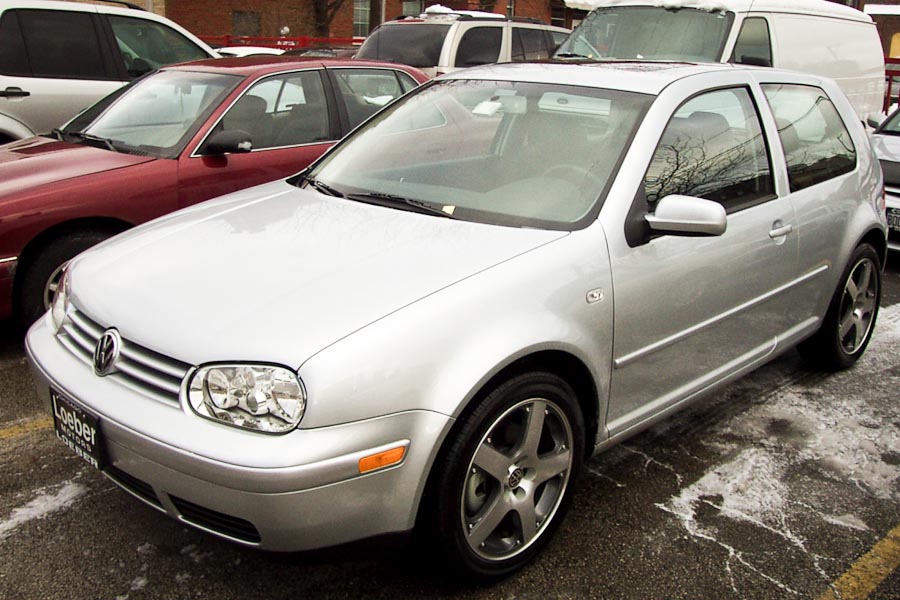Illinois State Climatologist Jim Angel predicts our unusual warmth will continue through May:
One of the key things to come into play is the status of La Niña in the Pacific Ocean. A La Niña event occurs when ocean temperatures are colder-than-normal along the eastern part of the Pacific Ocean basin. The associated ocean and atmospheric pattern tends to give us a wet spring in states along the Ohio River Valley. [The National Climate Prediction Center] states that “La Niña is likely to transition to ENSO-neutral conditions during March-May 2012.” That’s government-talk for saying that the La Niña event is fading fast and will be gone before the end of spring.
The outlook for March in Illinois calls for an increased chance of above-normal temperatures and above-normal precipitation. The outlook for March-May calls for an increased chance of above-normal temperatures throughout the state. However, it shows an increased chance of above-normal precipitation in the eastern half of the state while the western half has “equal chances” of above-, below-, near-normal precipitation.
And, of course, they have art (click for full size):

The Illinois State Climatologist is wondering if 2011-12 qualifies:
The folks at the Chicago NWS office raised the following question. I would add to this that last winter Chicago O’Hare reported 1,470 mm of snow and 67 days with an inch or more of snow on the ground. This winter, through February 13, O’Hare reported 391 mm of snow and only 10 days with an inch or more of snow on the ground.
Plus, 78% of the days from December 1st until now have been above average, with more than half of those days almost 6°C above average. It's the 8th warmest winter in history, and the warmest since 1921.
There are still 15 days left in meteorological winter. We might actually move up in the ranks this year. We'll see.
I remember traveling in the 1970s and 1980s, when no one could reliably answer this question until the plane actually left the runway. But today I'm at O'Hare while snow is falling, and it looks like my flight will in fact take off on time despite the snow and the lengthening list of delayed flights on the arrivals board.
How do I know?
First stop is the American Airlines website. Their flight status tool says my plane departs on time from gate K5. And the page has a link to "arriving flight information," which tells me that the plane I'm on will land in 10 minutes.
Oh, really? Yes, really, as Flight Aware's real-time tracker shows me. At this moment, the airplane taking me to San Francisco is heading straight for the O'Hare VOR about 70 km away. (It's over Joliet—no, wait, now it's over Naperville!)
The airline has done it right. By providing real-time information, they're putting me at ease. Even if the incoming plane were circling over Springfield, that would still help me by letting me plan how long I can sit here working before I have to schlepp to the gate.

Update: In the time it took to write this entry, my plane has arrived, and I can see it taxiing towards me right now. I am not making this up. That's not my plane, by the way. That's a plane being de-iced, to show you why I might be a little on edge about my actual departure time today.
The Superbowl starts in a little over an hour, with weather in Indianapolis no one expected: clear skies and 9°C. In Chicago it's just a smidge cooler, but still a beautiful afternoon for February. Or for March, for that matter.
Parker gets one more walk before the game. Go Giants! (For why, see Robert Wright's decision tree on the subject.)
The thing I like most about February: at the end of it, Chicago has an hour and a quarter more daylight than at the beginning of it. Today we have 10 hours of daylight, the most since November 10th, and on the 29th we have 11 hours and 14 minutes.
I notice this every year around now, just as I forget every year how grim December can be.
With yesterday's temperatures more like April than January, Chicago magazine's explanation of it is timely:
So what is going on? It's the warmest La Niña on record. That brings the global temperature down, but causes different effects in different places. Chicago is going through a near-record warm spell—strong La Niñas correlate with above average temperatures, like the 18°C we hit in 1989 when the mean January max was 11°C, 2°C higher than this month's mean. Meanwhile, Alaska and northern Europe are suffering through deadly cold snaps.
This came to me through the WGN weather blog, which in the same story points out that groundhogs are less accurate than random chance at predicting the weather. Just a heads-up for tomorrow.
The normal temperatures in Chicago for January 31st are a low of -8.3°C and a high of 0°C.
Right now, the temperature is 13°C; the low last night was 7°C
The normal temperatures in Chicago for April 9th are a low of 2°C and a high of 13°C.
That is all.
I can scarcely believe I've had this guy for 10 years:

The car is named João, because he's from Brazil, and he seemed kind of like a Joe: He's a little rough around the edges, he's fun to hang out with, and he's super-reliable—except for the occasional hangover.
The photo is from the day after I got him. He's scarcely aged. (See, for example, this shot from last February. You can kind of see the dings, but he's still got a good profile.)
Via Sullivan, a snippet of conversation between Bob Dole and Newt Gingrich in the 1990s:
"Why do people take such an instant dislike to me?" asked a perplexed Gingrich, to whom Dole bluntly explained: "Because it saves them time."
In unrelated news, Parker and I are about to walk around in abnormally warm, sunny weather on what is statistically the coldest day of the year in Chicago. This is the warmest winter in 78 years, with the fewest sub-freezing maximum temperatures in 40 years. (Today was above freezing until a cold front edged through this morning; right now it's -1°C.)
Two items I haven't had time to read fully, and intend to do over the weekend:
That is all.
Oh, except: tomorrow the sun sets in Chicago at 5pm for the first time since November 5th.